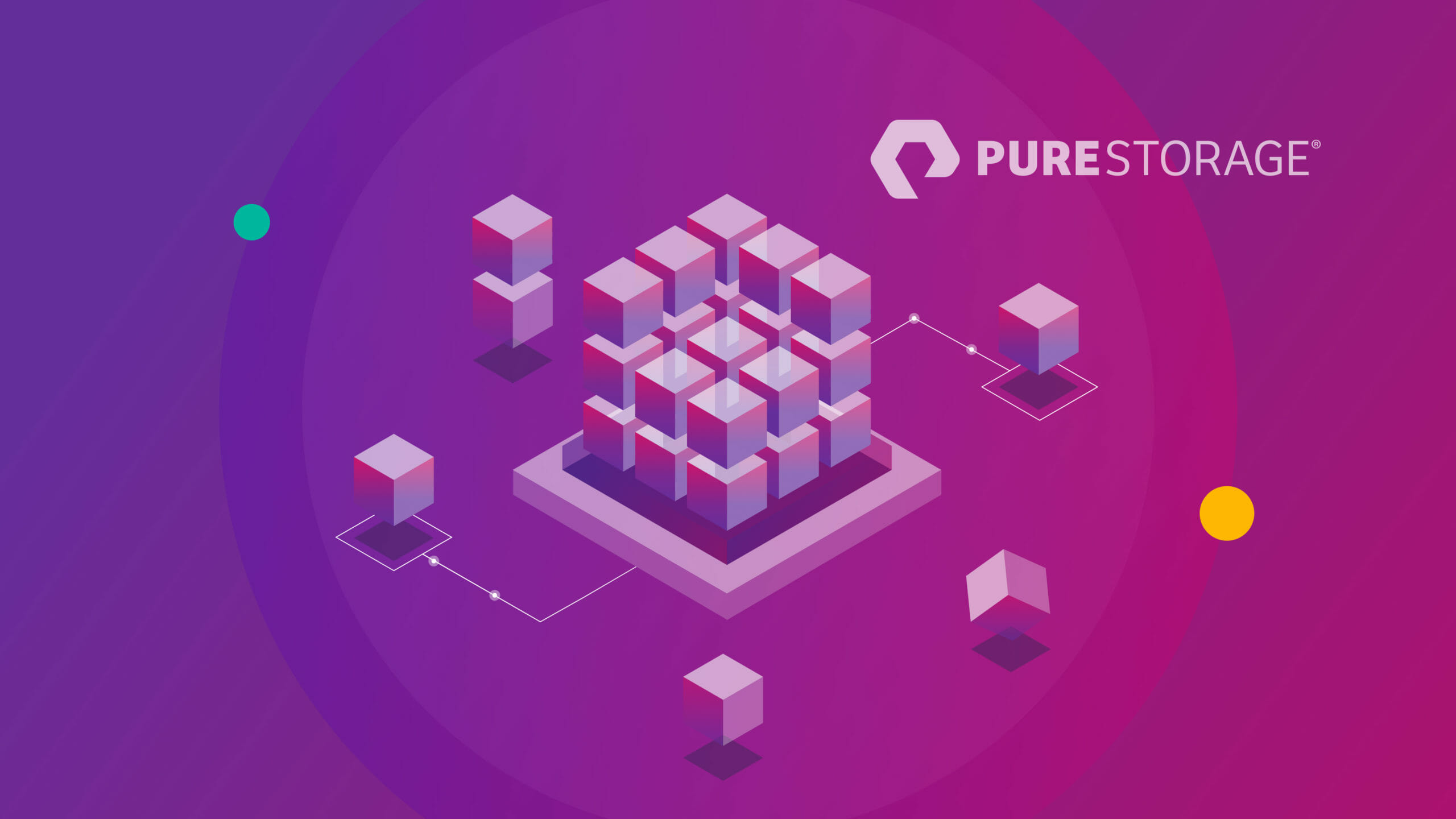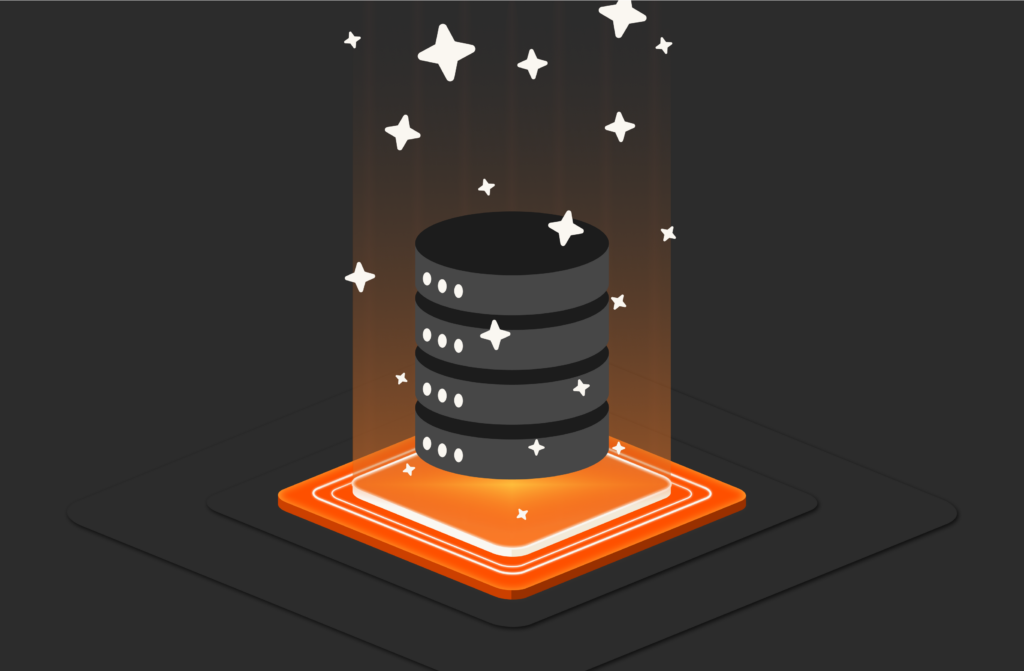Supply chain stability is quickly becoming a major priority for a range of businesses, as disruptions show us just how fragile these processes can be. For businesses evaluating vendors, supply chain integrity is listed as non-negotiable.¹ And 33.9% of businesses see a lack of supply chain stability as a key threat to their own digital transformation success.²
So, what’s the solution? Can a blockchain supply chain help organizations mitigate these risks and get the supply chain resiliency they need?
Let’s look at how these two chains are intersecting to create a stronger, more secure flow of goods around the world.
What Are Supply Chains and What Makes Them Break Down?
A supply chain is the life cycle of a product, with numerous steps occurring along the way that create data to be recorded, verified, communicated, and protected, including:
- The delivery of raw materials for manufacturing or production
- Payments transferred between parties
- Customs
- Regulatory oversight and clearance
- Proof of shipment, receipt of shipment, and proof of delivery
Reading between the lines, these steps can present quite a few opportunities for issues, including delays and disruption due to:
- Lack of transparency. Less visibility can lead to failures you can’t trace.
- Counterfeiting and fraud. The origin of goods can be of both humanitarian and legal interest to those purchasing them.
- Difficulty and inconsistency tracing orders. Conventional handoffs are hard to trace and can cause lags, such as delayed payments.
- Data that isn’t granular enough. This can make it difficult to fully understand the complexity of a supply chain. Analytics can be a boon to supply chain management, but a lack of adequate data can make optimization difficult.
- Lack of agility. This can make supply chains a weak link in the digital transformation journey. For example, when data is lacking or lagging, inventory management can be too slow to respond to demand.
The Modern Blockchain Supply Chain and How Smart Contracts Can Help
Modern supply chains are going through some transformation of their own, with new technologies, including
- The internet of things: Sensors can provide transparency and efficiency of inventory and restocking management, real-time delivery tracking, and quality control. Being able to link specific events to data from IoT sensors monitoring shipments makes it difficult to dispute data such as food temperatures and ingredients’ origins.
- Increased sustainability: IDC predicts that by 2025, 75% of retailers will be implementing supply chain KPIs that tie carbon emissions to both product development and the suppliers they use, which is expected to boost customer loyalty by 45%.³ Recycling certain components and materials with circular supply chains is one way to cut back on waste.
- Advanced and predictive analytics: Determine demand, buying cycles, and customer preferences, and quickly respond to increases in demand on short notice. Read “5 Ways to Optimize Supply Chains with Analytics” to learn more.
- Digitization: Break down silos and unify supply chains in a single, paperless ecosystem from end to end.
- Cloud-based, as-a-service supply chain software and services.
Pair these advancements with the decentralized power of blockchain-based smart contracts and it’s possible to address challenges one by one:
- Transparency can be built in by way of a blockchain’s tamper-proof ledger. When shipments clear customs, that movement is easy to monitor.
- Fraud can be headed off with immutable, decentralized records of product origins that can’t be concealed or edited on the blockchain.
- Automation of agreements and trade contracts. Permanent, on-chain transactions can trigger the creation of a contract, whether it’s payment upon receipt of inventory at a warehouse or automatic insurance payouts for delayed shipments. Automation is huge in supply chain management—see how winery Concho y Toro drives efficiency along their supply chain with automation.
- Highly efficient tracing, including tracking merchandise, pallets, and raw materials. Say a shipment of fresh vegetables arrives contaminated, but it’s not clear where the issue occurred. On the blockchain, it can be easier to get visibility into each stage of the shipment via digital sign-offs.
- Precise inventory management data for more in-depth analytics that aren’t just based on past performance but also streaming data and real-time insights.
Smart contracts, in particular, offer a way to automate these processes as a means of reducing friction and counterparty risks in global trade.
Blockchain Supply Chain Management in Action
It’s clear this particular application of blockchain protocols is a viable one, capable of addressing current issues in global business. One example of an enterprise supply chain management solution is VeChain, which is based on its own proprietary, public blockchain technology.
VeChain leverages a combination of its own VeChainThor blockchain and ToolChain, a business-as-a-service (BaaS) platform that allows businesses to manage orders and stock from start to finish. Food, raw materials, and more can be scanned and uploaded directly with chips and QR codes. Employees can scan each product’s QR code using a mobile app and see the “story” behind each shipment—a story that can include photos, data, video, text, and more.
The VeChain blockchain is being leveraged for vertical-specific SaaS offerings, such as carbon footprint monitoring, sustainable product origin tracing, and food safety.
In Supply Chain and Blockchain, Agile Data Is the Critical Link
Blockchains boast speed, immediacy, and permanence—but without storing data themselves, they’ll require underlying storage that can offer the same. Considering the variety of data types associated with the VeChain My Story alone, enterprises will need high-performance, underlying object storage to manage disparate data types on distributed systems. Unified fast file and object (UFFO) storage with Pure Storage® FlashBlade® can offer near-infinite scalability, integrity, and speed to meet the strict SLAs of blockchain-based applications.
Blockchain has the potential to help create a more equitable, fair, and accountable global supply chain, but it’s just the beginning. Read “10 Blockchain Use Cases to Watch” to learn more.
Like this article and want to read more? Sign up for our monthly Perspectives email today. And we promise not to spam you, just inform and inspire you!
[1] IDC FutureScape webinar, “Worldwide Future of Digital Infrastructure 2022 Predictions”
[2] IDC FutureScape: Worldwide IT Industry 2022 Predictions
[3] IDC FutureScape: Worldwide Retail 2022 Predictions
![]()






